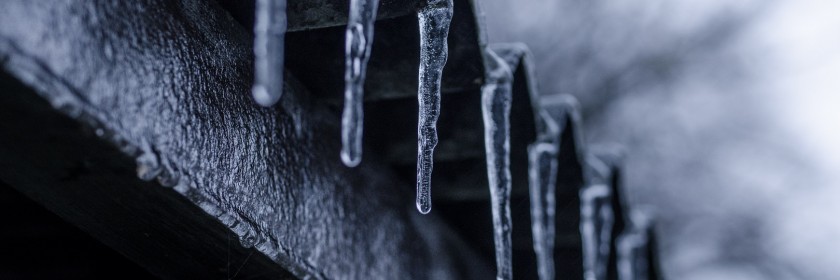

While Winter Weather Isn’t Ideal for Toiture Roofing, It is Possible with the Right Precautions
Roofing in Canadian winters can be tough. The shorter, colder days, and blustery weather pose many risks to roofing. And with less sunlight and frigid temperatures, roofers don’t have much time to get the job done in one day. But in the event of damage to your roof during the winter, you may not want to put off your roof replacement until next season.
If your roof needs replacement or repairs in the winter, contact the toiture roofing pros, and consider these risks and benefits to roofing in winter.
Risks
Cold, frigid temperatures and icy roofs are not the safest working conditions, nor are they ideal for roofing materials. This is why winter poses more risks for all parts involved with roofing.
For Workers
The cold temperatures and slippery weather pose health and safety risks to roofers. And if it’s too cold, the roofers may be very uncomfortable, trying to get the work done faster and not taking the time they need to be as thorough. While roofers can bundle up in winter clothing, the extra layers can hinder their movement and dexterity, slowing them down even more.
For Tools
Some roofing tools will not work efficiently in cold weather, making roofing more difficult. For example, compressors and nail guns may freeze. The water from humidity created by compressing and releasing air in the system will freeze in below-zero temperatures. This will block the airlines, reducing the airflow, and preventing the nails from going deep enough into the roof, which is referred to as under driven.
For Shingles
Asphalt shingles become brittle in cold weather, making them harder to bend and cut straight. This brittleness also makes it easier for roofers to accidentally overdrive nails in the roof. Shingles are also more at risk of blow-offs from strong winter winds. While they come with a self-sealant strip, this strip only activates in the sun’s heat. So if it’s too cold, roofers will have to hand-seal the shingles with roofing cement.
Benefits
When toiture roofing companies take the right safety precautions, there are benefits to roofing in winter. While snow removal may slow down roofers, they can still complete the job successfully. Roofers should also plan ahead by keeping an eye on the weather forecast. If there are winter storms, or severe wind-chill warnings, they may reschedule the roof replacement for another day that’s preferably warmer, dryer, and has several hours of sunlight.
For Workers
Winter roofing keeps workers employed year-round, instead of seasonally. So they don’t have to worry about losing their jobs for the colder months. This permanent work ensures stability and a steady higher income.
For Tools & Materials
If roofers take care to keep their tools and materials warm—especially asphalt shingles—while not in use, these won’t be exposed to the same risks from being out in the cold for too long. Expert roofers will also know how to adjust tools—such as nail gun pressure—to get the right depth for nail installation. And if they must hand-seal shingles, this additional precaution will ensure that the shingles are secure and will stay on even in strong winds.
For You
Depending on the damage to your roof, roofing in winter may save you from further damage this winter and costlier repairs next year. If the damage is too severe to cover with a tarp for the winter, then you’re better off getting the repairs done immediately.
While roofing in Canadian winters is not ideal, it is possible. And with the right safety precautions and special considerations, roofers will be able to replace a roof efficiently in the winter, so your roof will continue protecting your home from the harsh elements all winter long.

